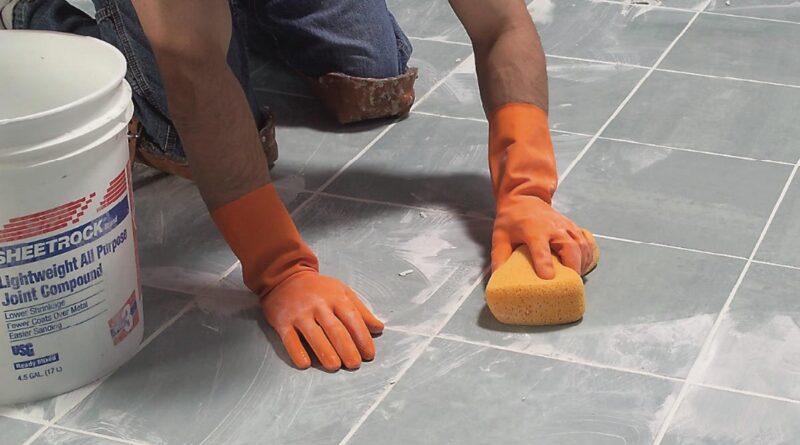Why Floor Tiles Break
Cracked tiles on the floor and wall are problematic because it can be difficult to track down the crack source. In many cases, the crack is created not because of a low-quality tile.
In many instances, the crack was caused by anomalies under or around the tile. Identifying the tile crack source is the first step toward repairing that crack or the tile itself.
Here we give some points as to why floor tile might break.
A Sharp Blow
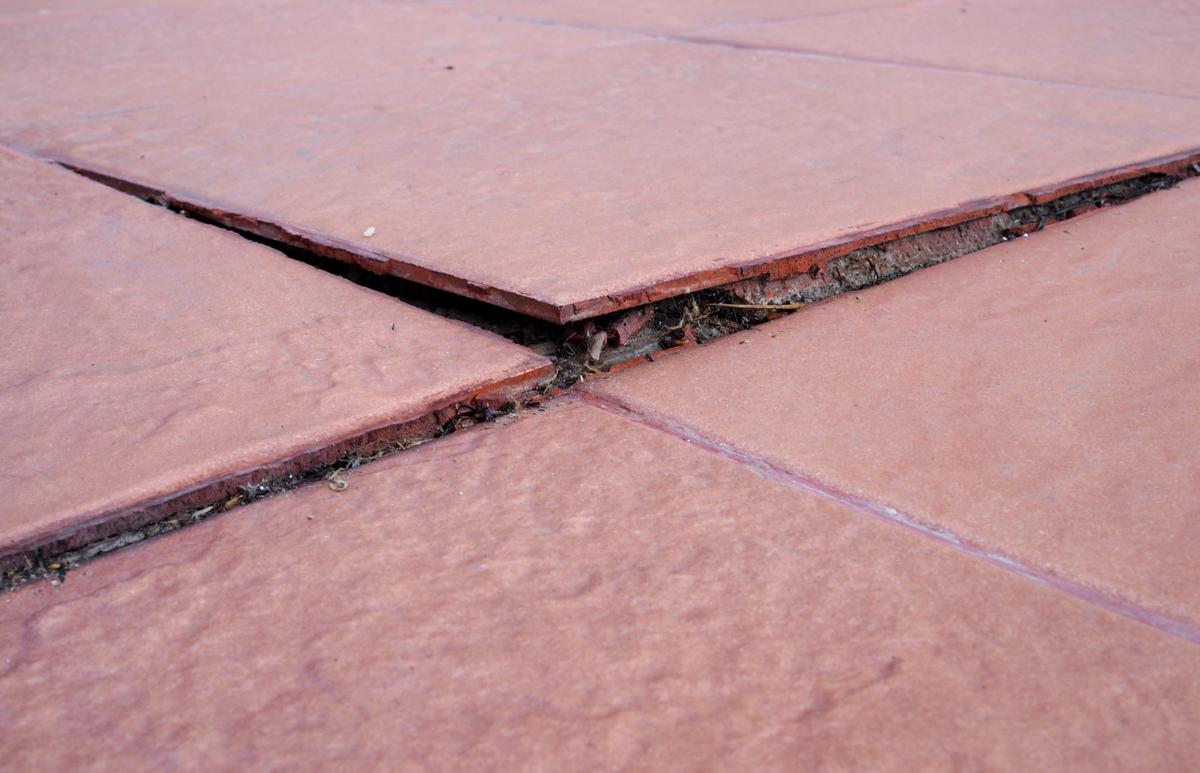
source: tuscon.com
A sharp blow to the tile likely caused the crack if the crack is located in one area and extends across only a single tile. Sometimes, you will notice a chip taken out of the tile where the object hit.
Where heavy objects such as cans, pots, and pans get dropped, ceramic tiles frequently break. Building standards (ASTM C648) do not regulate sharp blows to tiles. Doorways are another common place for impact-related tile cracks because items may be dropped while opening the door. In general, these cracks will be found near the floor’s boundary, not the center.
Cracked Under Heavy Loads
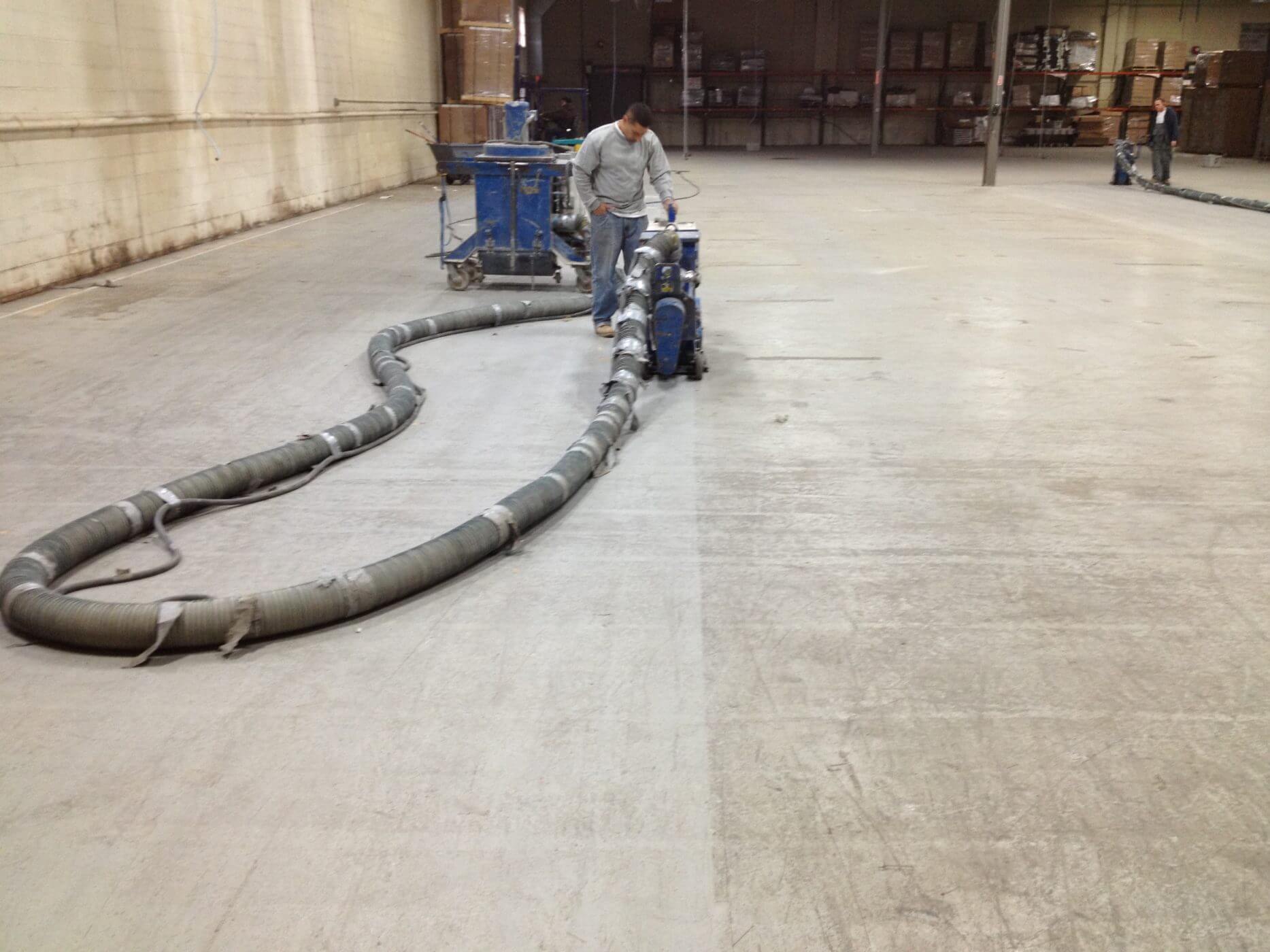
source: armorpoxy.com
Tiles may break because of the heavy load. For example, you can ask now, does the refrigerator’s dead weight cause the tile to crack? Yes, it is possible.
Most tiles follow the breaking strength standards. In this test, the Best floor tiles are gone through a machine that uses loads on an unsupported 1-inch square area. If the tile does not break under 250 pounds of pressure, it means the tiles perfectly maintain the standards.
The maximum tiles company meets the 250-pound minimum. There also have some other tile companies that greatly exceed the minimums. For example, the Durabody brand, their tiles from the producer Interceramic, has a breaking point of 400 pounds per square inch.
A refrigerator, such as a 22 cubic foot side-by-side model, weighs about 300 pounds. It is representing about 75 pounds per square inch of braking force on each of its four legs. This is relatively less than ASTM standards.
However, remember that this is dead weight. If a fridge, table, dishwasher, or cabinet lands too hard on the floor, this is considered a sharp blow and could easily crack the tile. You should use durable tile to avoid such a nuisance. You can find some here.
Tile Was Installed Over a Control Joint
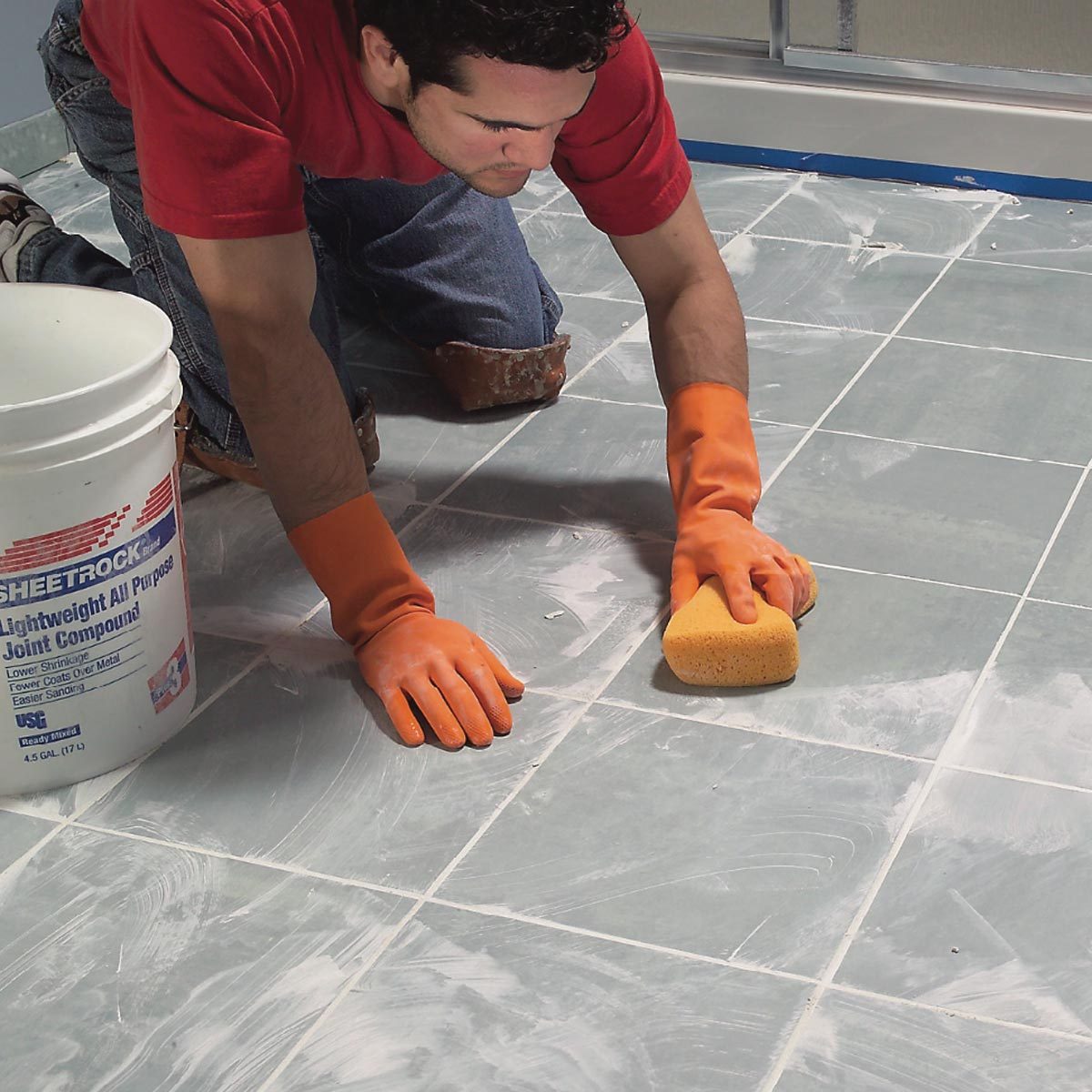
source: familyhandyman.com
Control joints in concrete are mainly preplanned cracks. Since it is almost sure that concrete will crack at some point in the future, control joints allow you to place those cracks probably. Control joints are intended to create a weakened concrete area and regulate where damages will occur, generally as a straight line, rather than chaotically. It is not wise to use tile to bridge a line that you know in advance will expand.
Tile Was Installed on Improperly Spaced Joists
Less deflection is better when you install tiles. Wood is flexible, but tile is a rigid material. So, if you have the floor with flex, you are trying to mate two different materials. Joists that are placed too far apart will allow for deflection in the plywood subfloor. Therefore, it will enable the floor tile to bend or curve, which it does not want to do. Joist spacing has to follow the International Residential Code. Additional underlayment structures help control flex, as well.
Tile’s Concrete Substrate Has Cracked Over Time
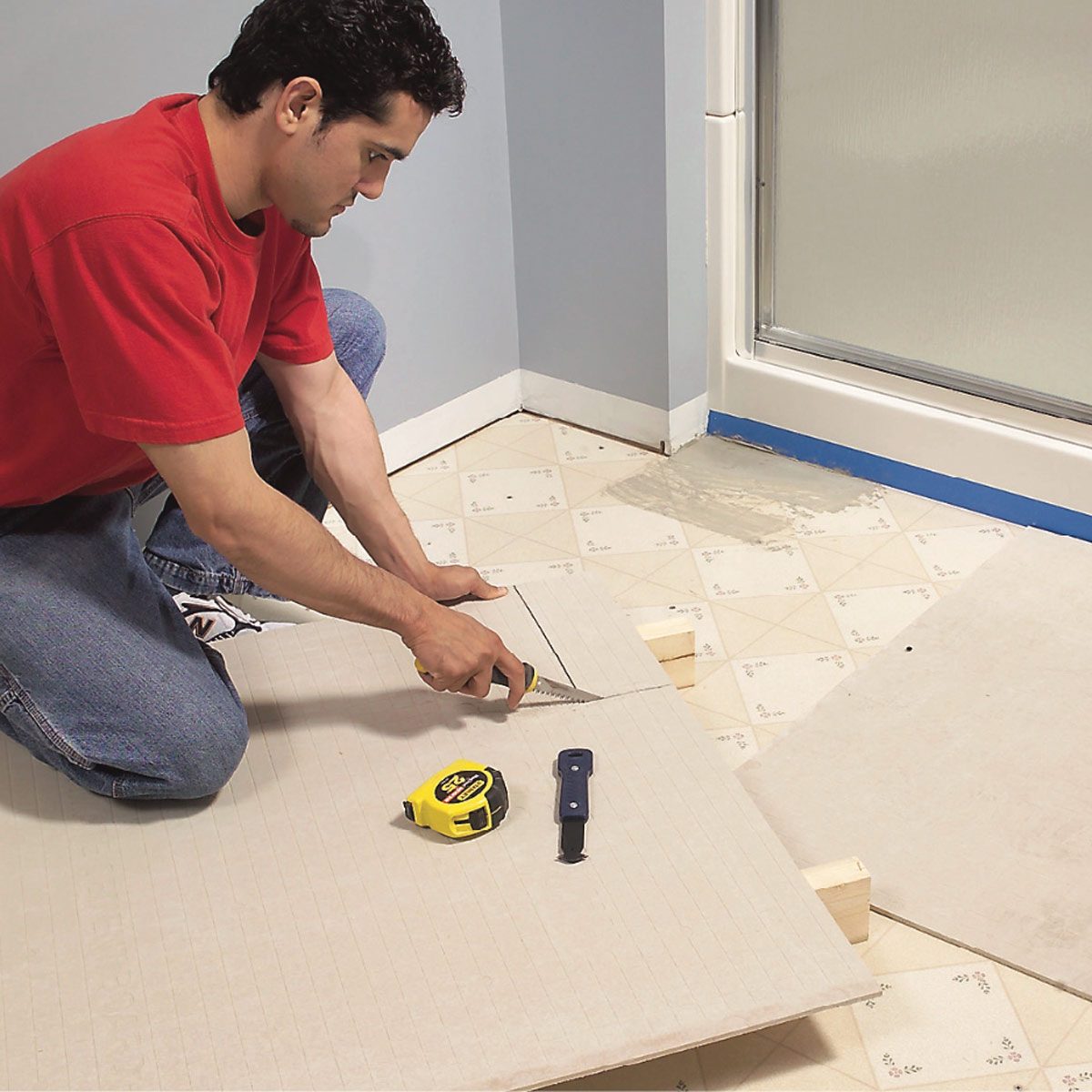
source: familyhandyman.com
It is very common for old concrete basement floors, driveways, or patios to have a long crack or two running through them.
Even though concrete looks like the perfect substrate for tile, it carries its own unique set of issues. When the concrete substrate cracks, this movement is passed to the tile above in the form of a reflective crack. The concrete below has likely cracked if the tile cracks are long, continuous, and extending across multiple tiles.
The only extensive cure is to strip the tile and install a crack isolation membrane before installing tiles again. These membranes are designed to disjoin the tile from the concrete substrate. It also allows them to move separately from the concrete.
Concrete Substrate Under the Tile Did Not Cure
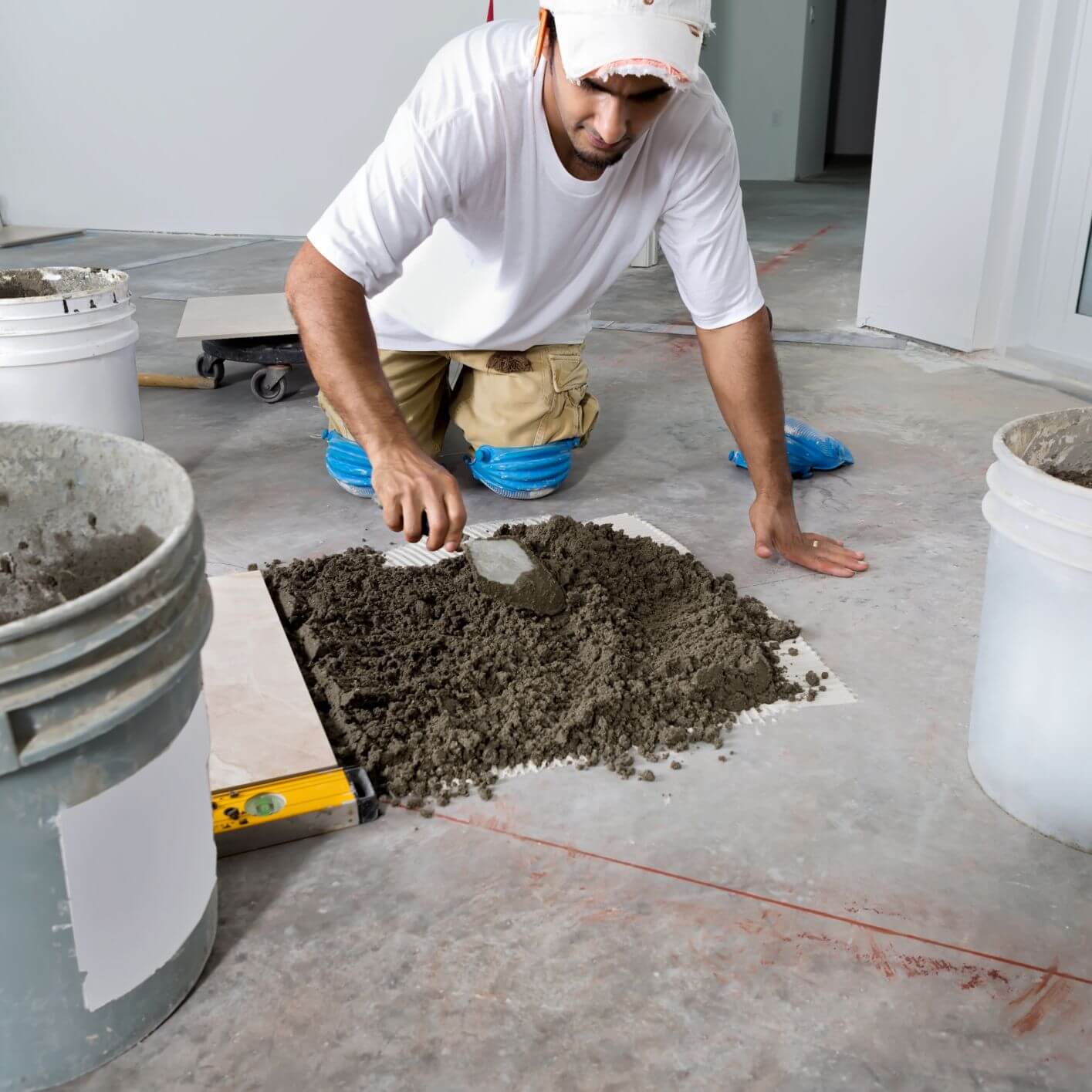
source: thespruce.com
We know that newly poured concrete is full of water. As the concrete dries, the water evaporates, and the concrete shrinks. This effective process helps the particles and aggregate within the concrete hold tightly together. But this process also has the extra effect of stressing tile.
The Tile Council of America (TCA) suggests that you let the new concrete cure for “as long as possible” or at least for twenty days. Some thin-set producers recommend only 14 days of healing time before installing the tile, but the TCA thinks this is insufficient.
If you have a home with cracked tile, there is a high chance that the concrete did not cure long enough.
Low-Quality Tile Was Used
When the tile is cracked, most homeowners think that the tile was not of good quality. Usually, this is not the case; but there is a possibility that you or a previous owner may have installed sub-standard tiles.
How Can Cracking Be Prevented?
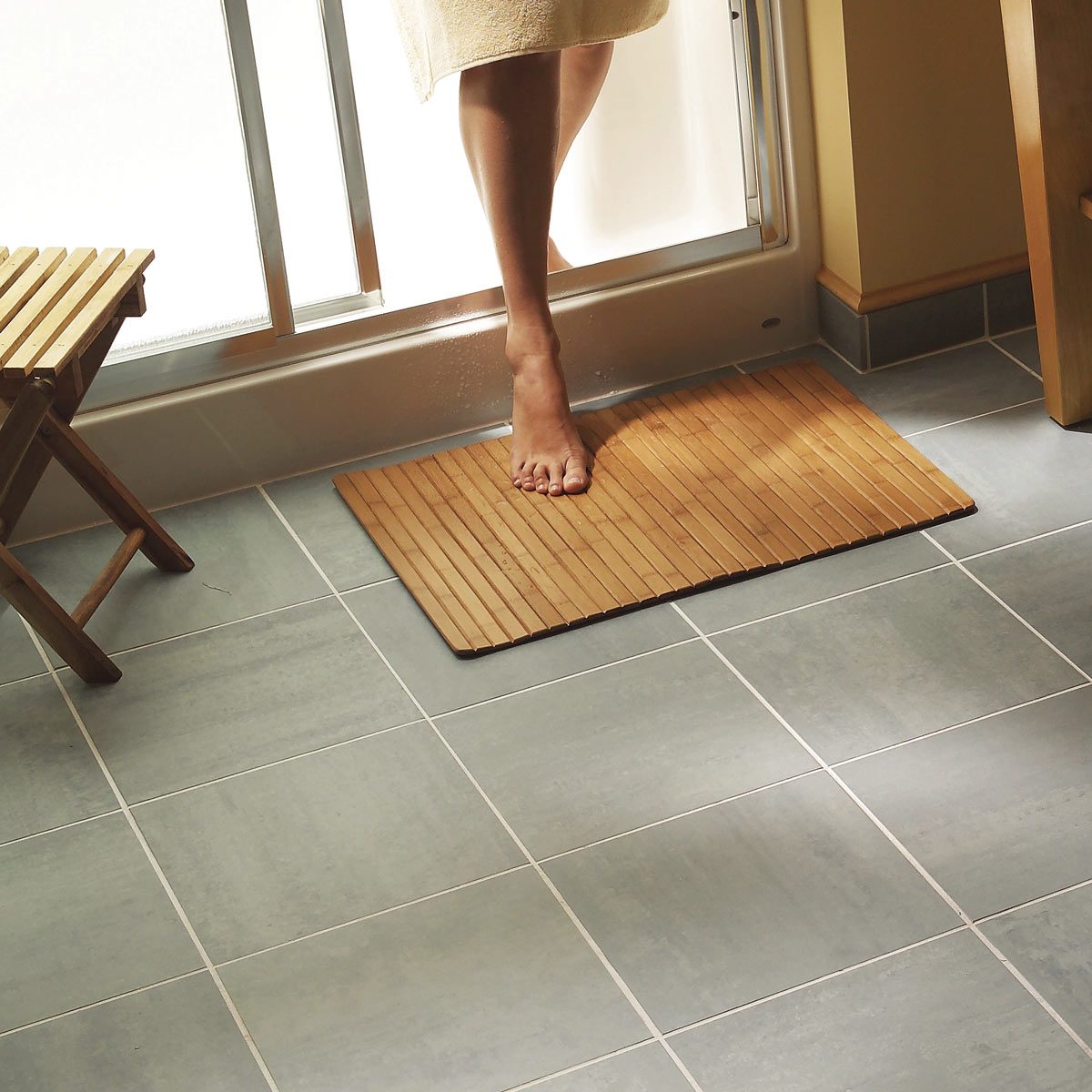
source: familyhandyman.com
We all want to prevent our tiles from cracking. Through warm prodeso we can avoid cracks in the tile. The prodeso unjoining and break isolation membrane is made of polypropylene with rounded square-shaped reliefs. This material and structure allow it to solve the installation problems mentioned above. It ensures that the installation surface is smooth and stable, preventing reflective cracking by acting as an obstacle between the subfloor and the tile. If you research more about the prevention methods, you can also find other options to prevent tile cracking.
However, tile is a rigid component for any floor. So if you buy good-quality tiles and install them properly, you can reduce the chance of cracking.

